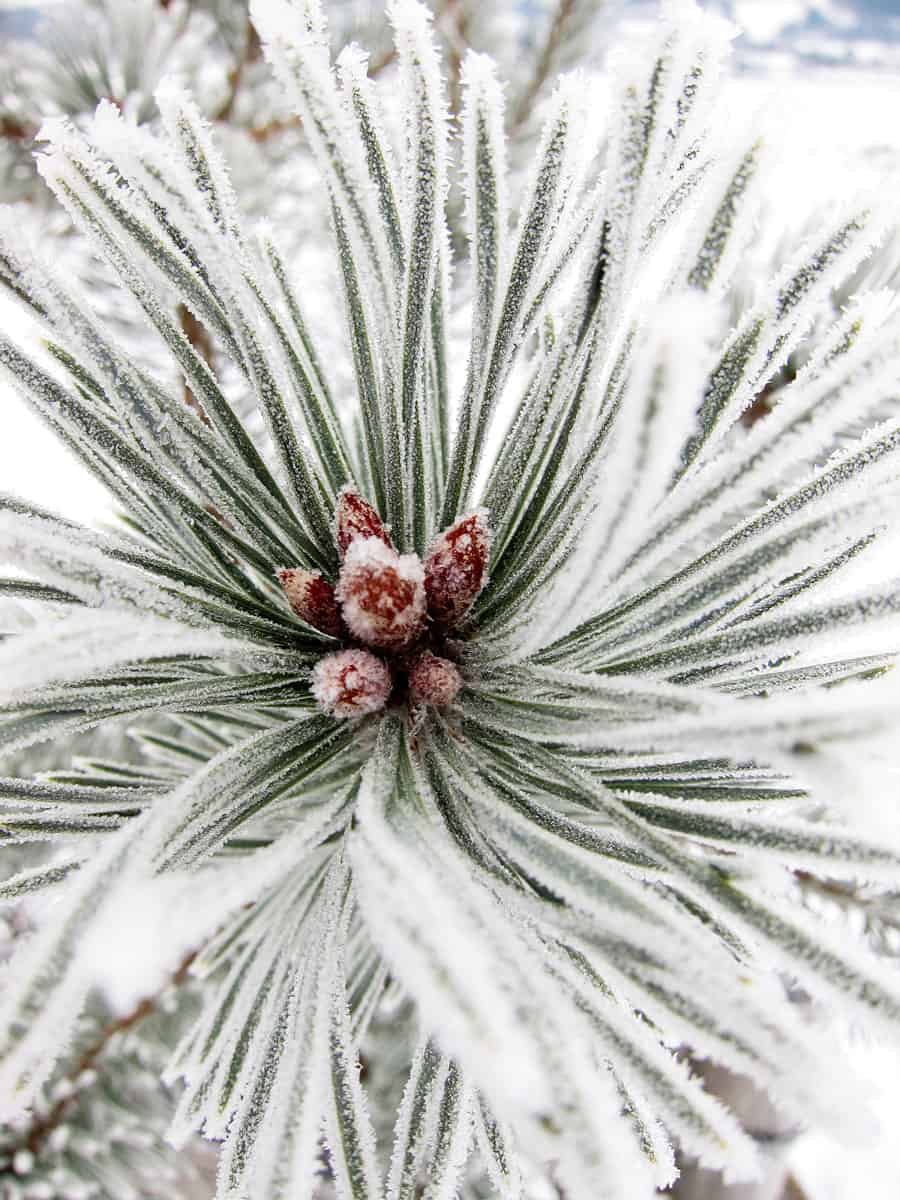Cultivating a winter garden can feel like a chilly puzzle, with short days and long shadows often leaving your beloved plants in the lurch for light.

Fortunately, there are clever ways to ensure your cabbages and kale stay bathed in beams even as the frost descends.
Here are five strategies to maximize sunlight in your winter garden!
Choose Sunny Locations
Finding a sunny spot for your winter garden is key to helping your plants thrive. Watch the sunlight in your yard to see where it shines the brightest.

The south side of your house is usually a great choice because it gets a lot of sun. If your yard has hills or slopes, the top parts often get more light.
Places near walls that are light in color are good, too, as they reflect extra sunlight.
From these observations, try drawing a sun map of your garden to identify and mark the sunniest spots, guiding where to position your plants for optimal growth.
Trim Overhanging Branches and Foliage
You can also give your garden a little trim. Overhanging branches and dense foliage can block precious sunlight.
Look for tree limbs and shrubbery that cast a shadow on your garden spot, and using a pruning sheer for smaller branches or a saw for the bigger ones, trim them down to create clear paths for sunlight.
Just make sure to start by making shallow cuts to avoid damaging your plant!
Use Reflective Surfaces
Boosting your garden's sunlight in the winter can be as ingeniously simple as using reflective surfaces.
Consider using mirrors — position them strategically in your garden so they can toss extra light where the sun's rays are playing hard to get.
A practical tip is to position mirrors so they direct sunlight toward the shadier areas of your garden.
Reflective mulches are also a great idea. They not only bounce back light but are great for keeping insects at bay.
If you're looking for a multifunctional approach, adding a water feature can be effective. The water's surface reflects light and adds a sense of movement to your garden.
Plant White Flowers
Adding white blooms to your garden isn't just a matter of style; it's a strategic choice for increasing sunlight reflection.
White flowers can also act as natural reflectors, bouncing light back onto your plants.
By strategically placing white-flowering plants, such as sasanqua camellias or the stunning Hydrangea arborescens 'Annabelle,' you can make the most of the available light.
Greenhouses and Cold Frames
Another great idea is to invest in greenhouses and cold frames. Greenhouses create a warm environment by trapping sunlight, allowing a variety of plants to grow throughout the year.
Cold frames are perfect for individual plants or limited spaces. They're also relatively easy to build or install.
You can even find DIY cold frame plans for areas as cold as zone 2 that range from upcycling old windows to using simple plastic sheets.
For best results, you'll want to position them facing south so they receive ample sunlight.
You'll also want to use clear materials for better light transmittance and ensure regular ventilation to circulate air and regulate temperature.
If you're gardening in an extremely cold location, you might want to check out these thriving gardening techniques for the extreme cold.
Final Thoughts on Sunlight Maximization Techniques in Winter Gardening
As we've explored, maintaining a vibrant winter garden is all about harnessing and maximizing sunlight.

Each technique we've discussed, from choosing sunny locations to utilizing greenhouses and cold frames, plays a pivotal role in ensuring your garden doesn't just survive but thrives during the colder months.
Remember, observing and adapting to your garden's unique environment is key.
By strategically using sunlight, whether through natural means or clever garden hacks, you can transform the challenges of winter gardening into a rewarding experience!


